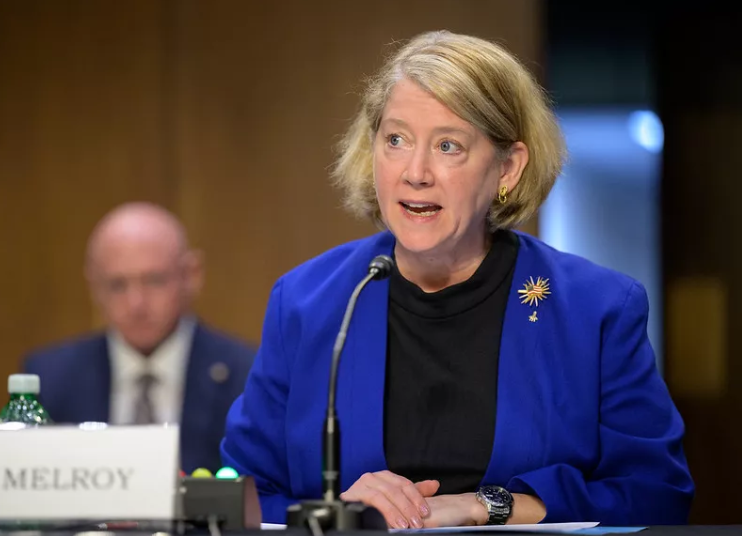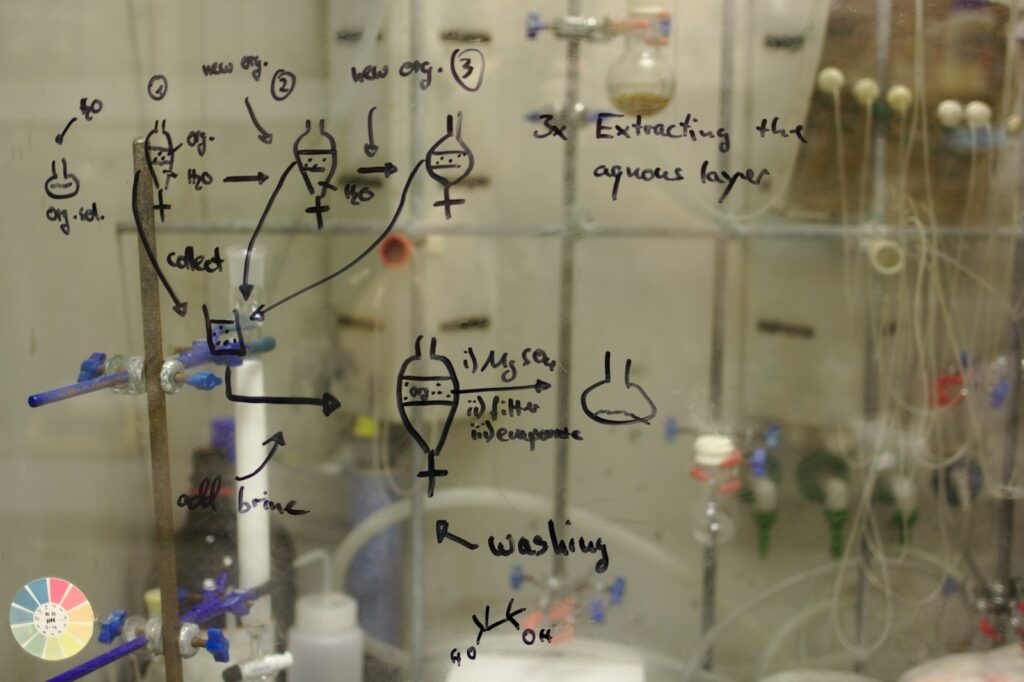The fusion of quantum computing and the space industry combines two cutting-edge technologies. Leveraging phenomena such as quantum entanglement, space-based quantum devices like satellites pave the way for advancing the next phase of quantum technology: the quantum internet.
According to a story published in Nextgov/FCW, a platform which aims to spearhead the national dialogue on how technology is revolutionizing the manner in which government agencies serve citizens and execute crucial functions, NASA Deputy Administrator Pam Melroy has announced that the space agency is utilizing quantum-based technologies, such as sensing, to enhance the study of space and climate change.
New Research Center
With the inauguration of a new laboratory and research center in Texas, NASA will explore how quantum information sciences can be integrated into its agency missions, focusing on research priorities in quantum sensing applications.
Set to launch on Nov. 23, the research center will be grounded in advancements in quantum information sciences, aiming to apply technologies rooted in quantum mechanics, especially sensors, in NASA missions and is part of the agency’s Quantum Pathways for Space for Climate Science Research Initiative at the University of Texas at Austin.

“That integration of those technologies into space systems is what they will be focused on, how to do that effectively and efficiently going forward,” Melroy said at the Quantum World Congress at Capital One Hall in Tysons, Virginia last week.
Melroy informed Nextgov/FCW that although there hasn’t been any formal agreement signed prior to the announcement, she expects continuous interaction across various sectors.
Technologies based on quantum sensing, known for their sensitivity in detecting subtle alterations in measurements like temperature, are expected to contribute to the evolution of updated interferometry-based systems. These systems, which gauge interference in light or sound waves, are poised to provide enhanced, data-driven insights into climate measurement. Melroy further highlighted the ongoing importance of employing advanced atomic clocks in space navigation systems, and the role of future quantum communication systems as crucial elements in advancing NASA’s mission capabilities.
Two Novel Quantum Studies
“This is really going to be something that you see transitioning to our satellites that fly around the Earth and look at it, and in studying and inform[ing] our models,” she said while adding that besides the establishment of two new centers, she gave her approval of two novel quantum sensor studies conducted by NASA’s Office of Technology Policy and Strategy. One of these studies entails collaborations with the National Reconnaissance Office and the U.S. Space Force to enhance the development of parallel scientific research agendas. The other study engages NASA’s chief technologist and the Office of Technology Policy and Strategy to explore the formation of a potential new agency dedicated to focusing on other specialized scientific research domains.
“We’re taking a look at how quantum computing approaches are going to be able to help us make more efficient propulsion systems for both air and space,” said Melroy.
Featured image: Pam Melroy: Credit: NASA/Bill Ingalls)
If you found this article to be informative, you can explore more current quantum news here, exclusives, interviews, and podcasts.

















